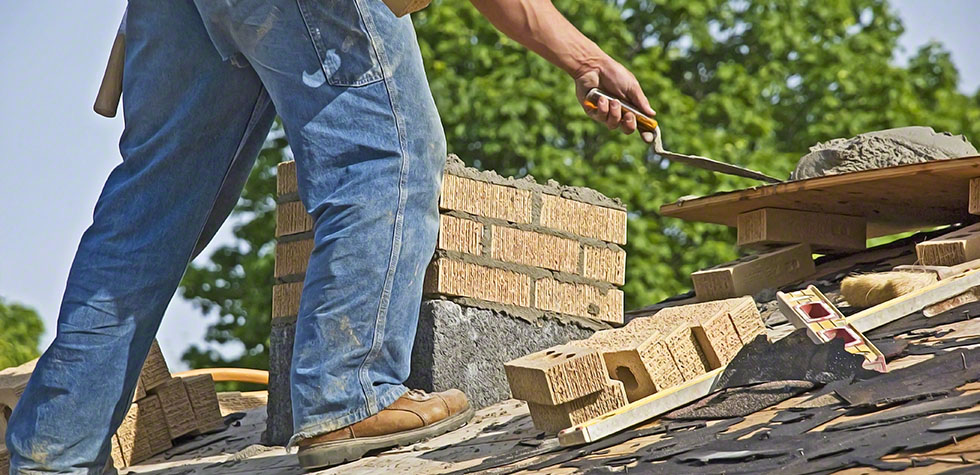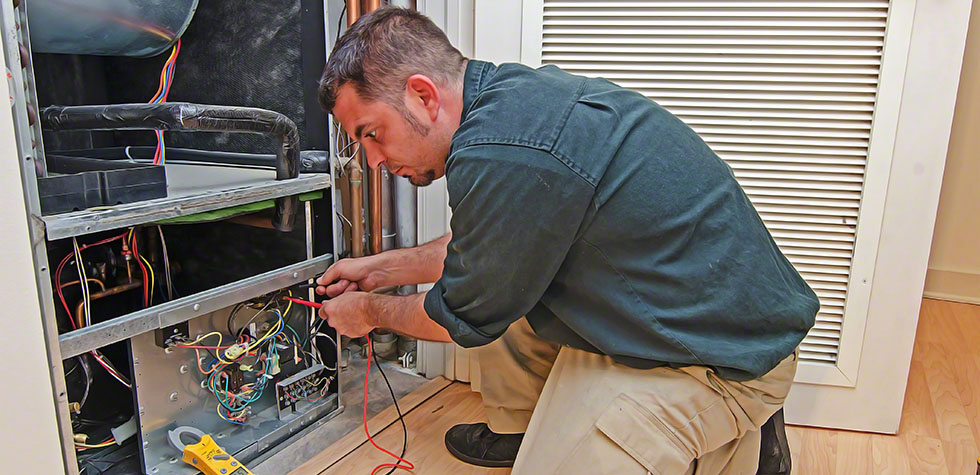If you have a fireplace in your house, you should know that it is primarily dependent on the chimney. If your chimney is not in perfect working condition, don’t be surprised if you experience issues down the road. Due to this regular chimney inspection is required. However, some chimney repairs and replacements are natural and need to be done sooner or later. So, let’s discuss the most common types of chimney repairs so that you are mentally prepared.
Masonry Chimney Repair
The outer side of your chimney is made of brick and mortar and plays a crucial role in keeping you and your family safe. With time, the mortar starts to weaken due to moisture and other things. If ignored, the mortar begins to flake out of the wall, which will put the bricks under stress. As a result, it could lead to bricks falling or spalling.
The best way to replace the falling mortar is by removing the existing mortar and replacing it with a well-matched mortar through a process called chimney tuckpointing. This process is preferable if some parts of your chimney are damaged.
That said, tuckpointing could make your chimney look new and bring it back to its original strength. However, if the damage has reached the bricks, the chimney could still be repaired but that should be dealt with by a professional.
Repairing Cracked Or Damaged Flue
Your fireplace produces creosote, heat, and gases that are contained by the chimney flue or liner. If the liner is damaged or faulty, your chimney will be at serious risk of catching fire. Not only that, carbon monoxide may escape into your house and cause dizziness and breathlessness.
Keep in mind that there are different types of flue liners and therefore, different issues can arise with each one. So, before you plan on repairing or replacing the flue liner, you should check its type. Steel liners tend to be the most common as they are the most durable and can handle stress and heat.
Unfortunately, you never know when your flue liner may give up, even in the case of a steel liner. It will simply crack, deteriorate, or spall. However, you can prevent the situation by getting your chimney inspected at least once a year.
Replacing The Chimney Cap Or Crown
The chimney cap and crown are located at the top of your chimney and are designed to protect it against external elements. It prevents animals from taking shelter, water from entering the chimney, and other infiltrations. So, if either of the parts tends to be damaged, your chimney can be vulnerable to blockages, moisture damage, and numerous other issues.
The good news is that replacing the cap and crown is easy and you can do it yourself as long as you are not afraid of heights. Otherwise, hire an expert.
Does Professional Maintenance Help?
Getting your chimney cleaned thoroughly by a professional is crucial if you want your fireplace and chimney to function without any issues. With creosote buildup being the worst, you should keep an eye out yourself as well since your chimney can easily catch fire.
Most people prefer cleaning the chimneys on their own just to save some money. However, they end up doing it improperly as they don’t have the tools and equipment to properly clean it from the inside. And this is where the experts come in.
In addition to the maintenance and cleaning, the experts identify cracks and damage using their specialized tools and fix them before things turn serious. So, even if you have the skills to clean your chimney, you wouldn’t be able to spot the issues.
And finally, most homeowners tend to be scared of heights as well. This means chimney inspections from the outside are rare. Plus, it is also dangerous. Then again, let a professional do it for you. Instead of thinking of it as an expense, consider it an investment.
Final Word
Chimney repairs can be easy and simple if inspections are done regularly. Plus, you can avoid them as well. So, keep the tips mentioned above in mind the next time you face some issues with your chimney. Moreover, hire chimney repair Columbia MD services if your chimney shows signs of problems.




